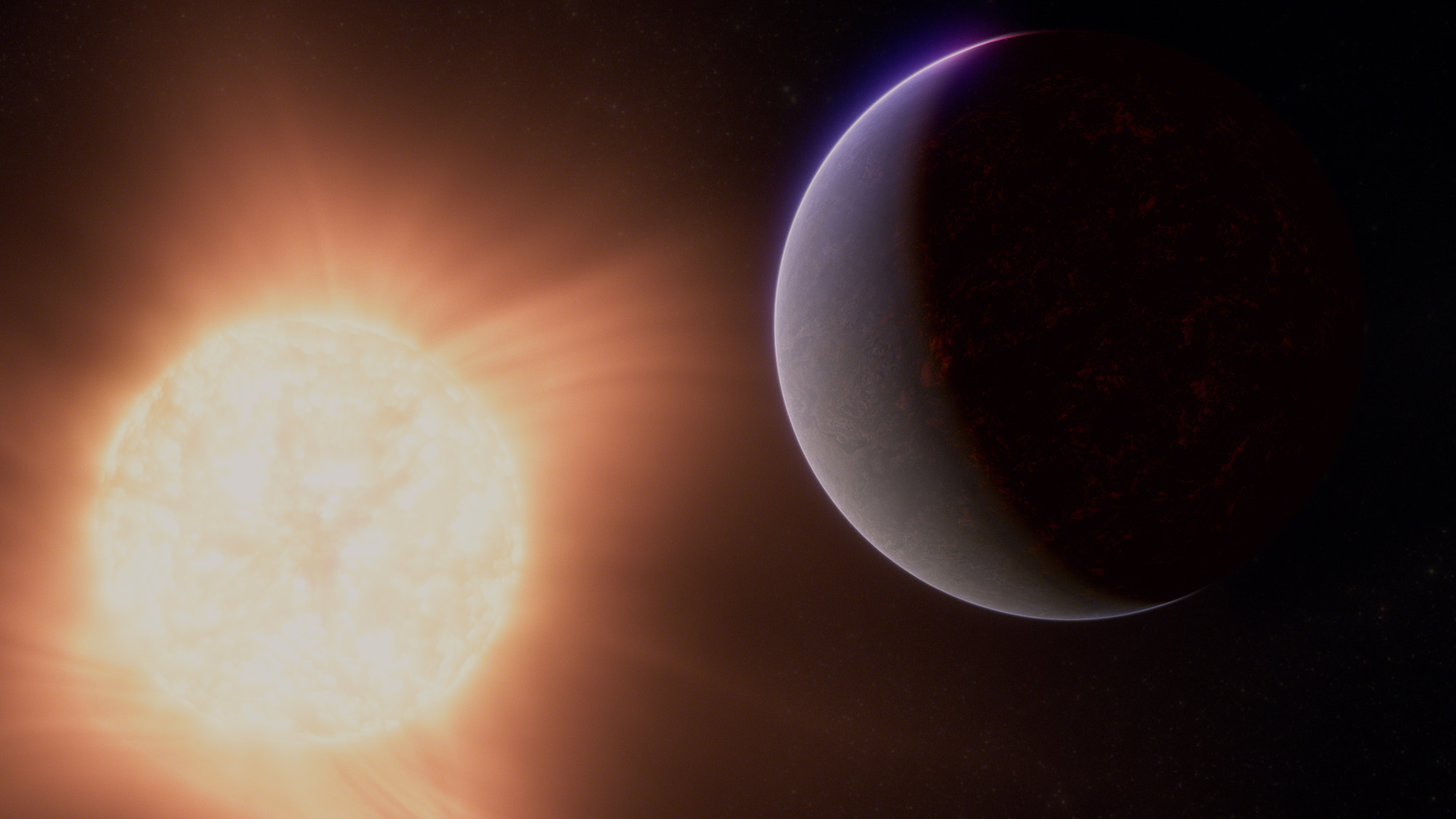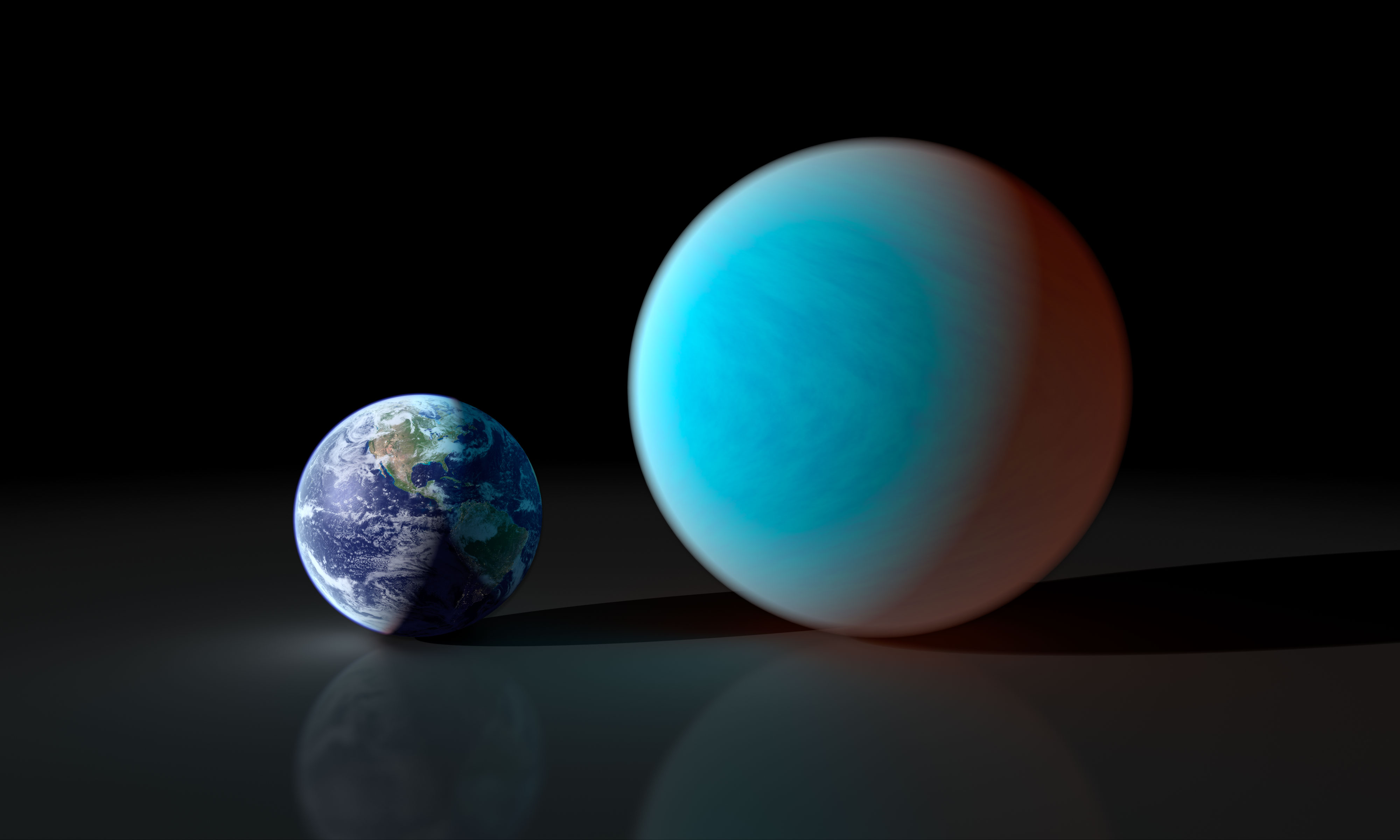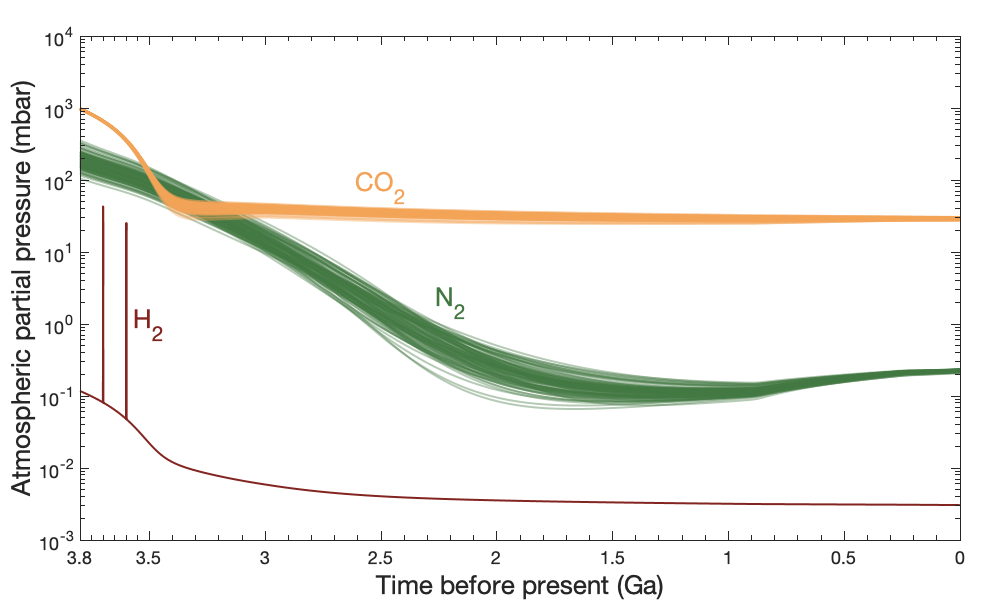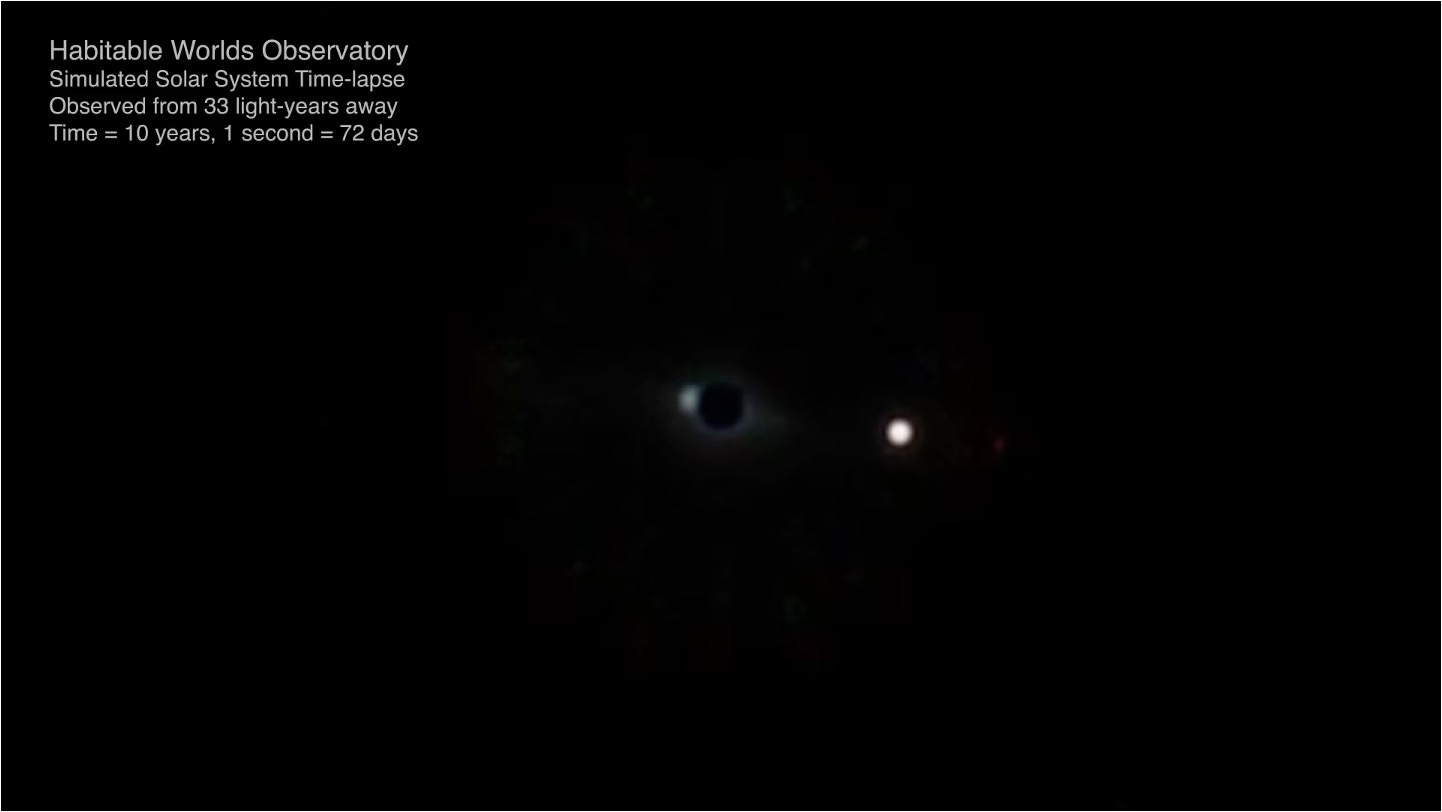Renyu Hu, PhD
Research Scientist, Jet Propulsion Laboratory
B.S., Tsinghua University, 2007; M.S., Tsinghua Univerisity, 2009; Diplome d’Ingenieur, Ecole Centrale Paris, 2009; Ph.D., Massachusetts Institute of Technology, 2013.
I am a planetary scientist working to advance our knowledge of the atmospheres, climate, and evolution of planets and exoplanets. My research strives to identify and characterize habitable environments in the solar system and beyond, by a combination of advanced numerical models and telescopic, satellite, and in-situ measurements.

Characterizing the atmospheres of rocky exoplanets represents a critical breakthrough in the quest to identify habitable worlds beyond our solar system. In a recent paper published in Nature, I discovered an atmosphere on the hot rocky exoplanet 55 Cancri e using JWST. This atmosphere is sustained by a magma ocean and probably rich in CO and CO2. Rocky planets in the solar system had magma oceans in the past, and that critical phase controls their evolution — now we have observed a magma ocean and its atmosphere in action, and there will be more to come! For the rocky planets that have lost their atmospheres, my research provided a widely used framework to characterize the surfaces of rocky exoplanets, which has motivated >15 ongoing observation programs with JWST.

Meanwhile, Earth-temperature, sub-Neptune-sized exoplanets are already within reach and they are the first kind of celestial objects where astronomers can search for habitable environments. My recent research demonstrated that these temperate worlds will have rich chemistry in the atmosphere, and I have developed a roadmap to use JWST to tell whether temperate sub-Neptune planets have massive atmospheres (i.e., uninhabitable) or thin atmospheres (i.e., potentially habitable). Moreover, my group has obtained >100 hours of JWST to carry out some of the first such observations!
Other significant results on exoplanets:
- The low-temperature planet LHS 1140 b does not have an H2-rich atmosphere and is a potentially habitable water world
- Photochemical haze in gaseous exoplanets can produce a panchromatic slope in their transmission spectra
- One of the first papers that delineate the diversity of atmospheres on sub-Neptunes
- A general retrieval method to extract cloud information from visible-wavelength phase curves of exoplanet

A place closer to home where we could search for the records of habitable environments is ancient Mars, as much of the Red Planet's surface is as old as ~4 billion years. However, the possible size and composition of the paleoatmosphere on Mars was wide open, which fundamentally limited our understanding of the climate and habitability of early Mars. My group has recently developed a novel Monte Carlo approach to trace atmospheric evolution and revealed the histories permitted by isotopic and remote-sensing data. The ensemble points to a moderate-size paleoatmosphere with ~1 bar CO2, but having a substantial fraction (0.1 – 0.5 bar) of N2! Also, most of ancient Mars's water would have been lost to hydrated minerals in the crust in this picture, which could have produced elevated levels of H2 in the atmosphere. This new paradigm of a CO2-N2-H2 atmosphere could explain the geologic records of intermittent conditions for liquid water on ancient Mars and will guide future explorations.
Other significant results on the solar system:
- Deliquescence of perchlorate salts in the regolith could result in the sudden release of adsorbed methane
- Regolith breathing drives strong diurnal variation in D/H of surface water on Mars

I also provide science leadership to enable future space missions to find Earth twins in our interstellar neighborhood. I am leading the exoplanet characterization science theme of the Habitable Worlds Observatory, NASA's flagship mission aiming at discovering and characterizing Earth-like exoplanets of nearby stars. My atmospheric models and retrievals are used to determine the spectroscopic measurements needed to characterize rocky planets and sub-Neptunes. I am an expert in starshade, one of the technologies that would enable direct imaging of Earth-like planets around other stars. I have led (as Project Scientist) NASA's effort to advance the starshade technology to TRL-5 and initialized and managed a community data challenge to validate the starshade noise budget in the exozodi-limited imaging conditions.
